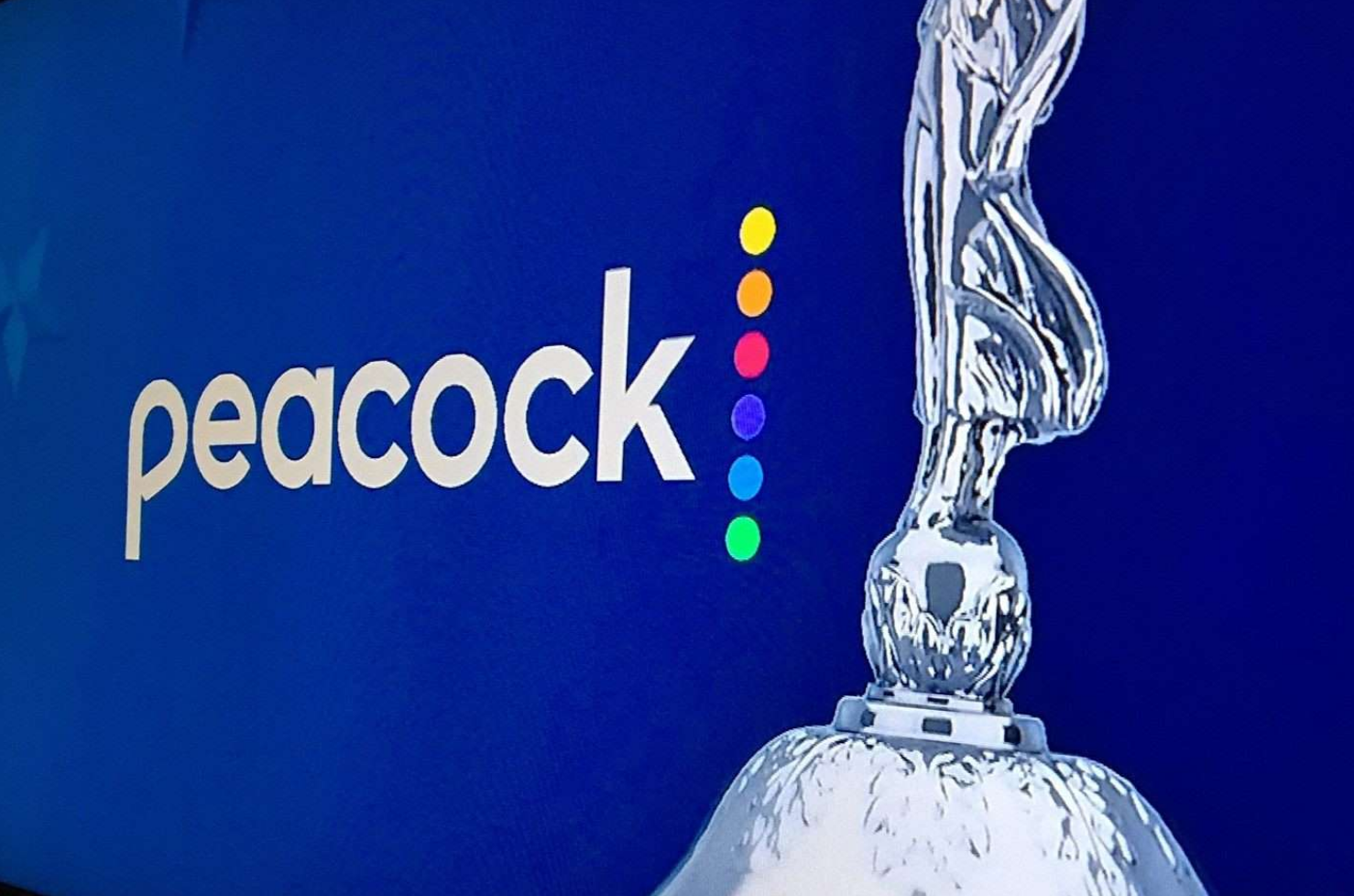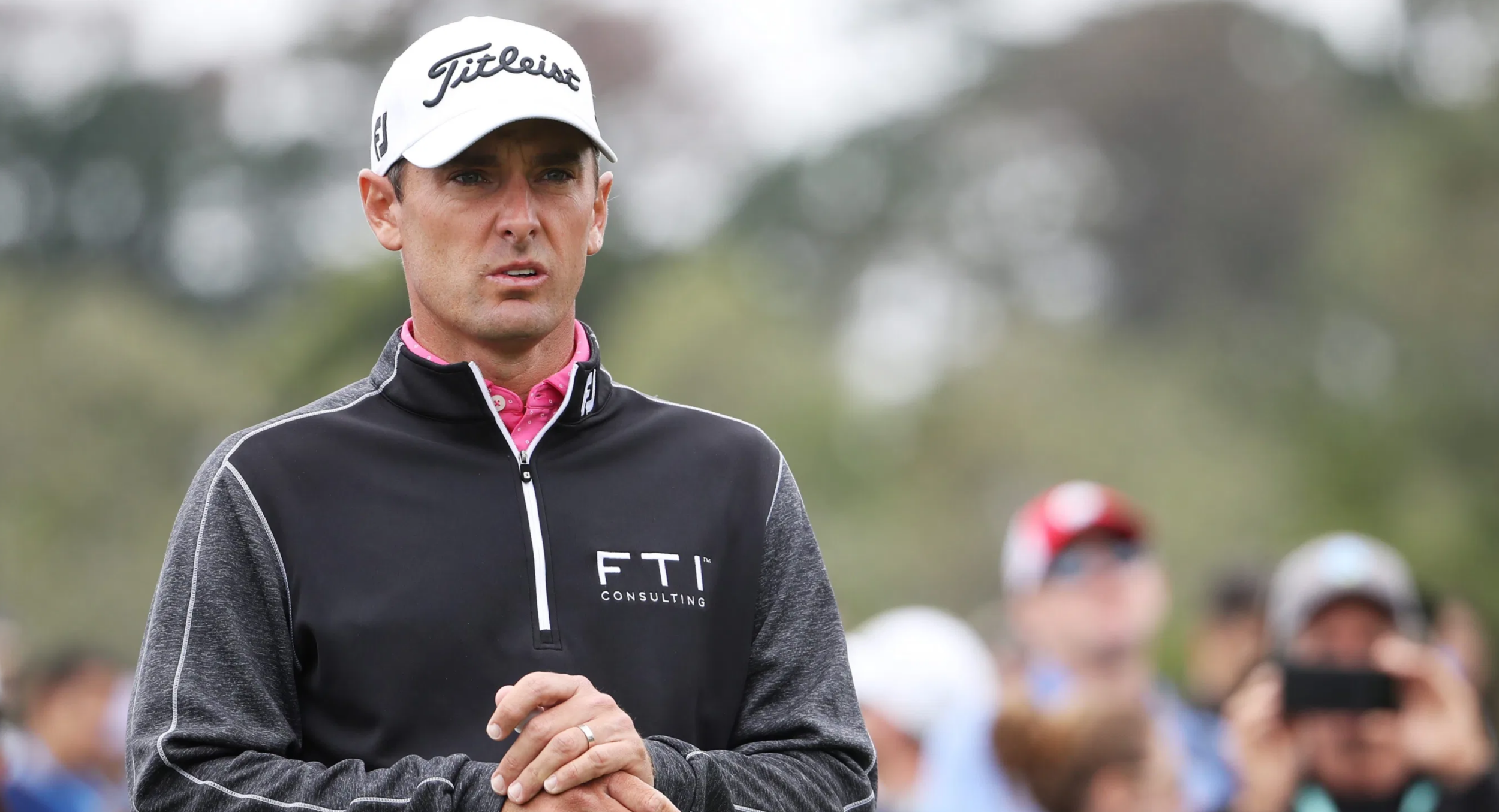So Sad: Great Leaderboard At Winged Foot But (Gasp!) 32 Players At Par Or Better
/Oh I jest. At least about the horrors of red numbers.
Because you have to step back. Savor the absurdity of 600 or so rich folks investing so much passion into protecting par, as if they will add height or portfolio heft.
Even after all these years. Par matters to the folks of means. But I’m going to predict here and now: the folks at Winged Foot will recover. Live will go on after round one of the 2020 U.S. Open’s sensible, get-the-round-in-during-early-fall-days setup which, admittedly, rendered the vaunted West Course a tad overwhelmed by today’s jock-strap wearing, former boxers who randomly discovered the Royal and Ancient game.
I offer this for those “of means” who are grieving near the blue and white awning that really doesn’t fit with Clifford Wendehack’s masterful clubhouse:
—Your course is in perfect condition.
—It’s very, very, very green, with a lot of grass on those greens supporting well struck shots, no matter how firm the soil underneath.
—Players today are armed with launch monitors (or three), coaches, video, amazing equipment, adjustable drivers, and of course, the ability to climb Mount Kilimanjaro in a single bound.
—There was almost no wind.
—A light overcast was present most of the day, ideal for scoring because of fewer shadows, better depth perception and greens remaining…green.
—It’s the U.S. Open and players have not been beaten down by the course, yet.
The USGA’s round one notes did acknowledge the sheer horror, as predicted here yesterday, of making sure the field gets around before sunset. That said, this modern athlete sure made 7500 or so yards of par-70 look awfully short.
Highlights from the excellent USGA staff notes and David Shefter insights:
No player in the field registered a bogey-free round.
See, the West course is stout! Have another G&T, Winthrop. You’ve earned it managing the family portfolio.
Louis Oosthuizen surpassed four-time champion Jack Nicklaus for the most rounds of 67 or lower in U.S. Open history (8) with a 67 on Thursday.
The seven birdies by Rory Sabbatini established a single-round record for U.S. Opens at Winged Foot. Eight players, including Justin Thomas, had registered six in one round.
Okay, that’s a lot of red. Maybe the ball goes too far?
Davis Thompson and John Pak joined legendary USGA champions Bob Jones (1929) and Jay Sigel (1984) as the only amateurs to break par in a U.S. Open at Winged Foot.
And his Nike scripting was impeccable, take that Harvie Ward.
Top player quotes:
“The greens are very soft. I thought they'd be a little firmer, but I also understood that they need to err on this side so they can get them how they want this weekend.” – Justin Thomas
Or prevent a 5:45 round.
“I love hard golf courses. I think it separates the top golfers compared to the rest of the field. Also, I think it separates the guys who can use creativity and can handle adversity. Out there you're going to hit some quality golf shots that are either going to have a bad bounce, end bad up in a bad spot, or going to land on the green, catch a ridge, go down. How do you react to that?” – Patrick Reed
Mash down the sand behind your ball? Just a guess!
“I thought the golf course was set up fantastic. It gave us an opportunity to make some birdies, and you look at most of the scores, and the guys took advantage of it.” – Tiger Woods
“I played great the last round at Valderrama [two weeks ago], which is a difficult golf course. You can't really afford to hit many bad shots around there. I shot 67, and I felt like I left four or five shots out on the golf course. I've built on that and fed off confidence from that.” – Lee Westwood after shooting 67 at age 47
And what a deserving winner he would be.
“I came here to compete. I really didn’t come here to be a tourist.” – amateur Davis Thompson after shooting a 69
Oh we’ve got one liners in this one. Nice!
Finally, this gem from the guy who employed Danny Noonan for USGA social media purposes and is playing in his home region.
“It was nerve-racking. Any time you play in a major, even if there weren't any fans. It was my first U.S. Open. It was 6:50 in the morning, so it was still early. I got 4-iron into a par 3, which is very difficult. All in all, I hit it solid. I missed it in a spot that I shouldn't have, but like I said, the nerves. They're still out there.” – Fresh Meadow club professional Danny Balin on hitting the first ball off No. 10

























